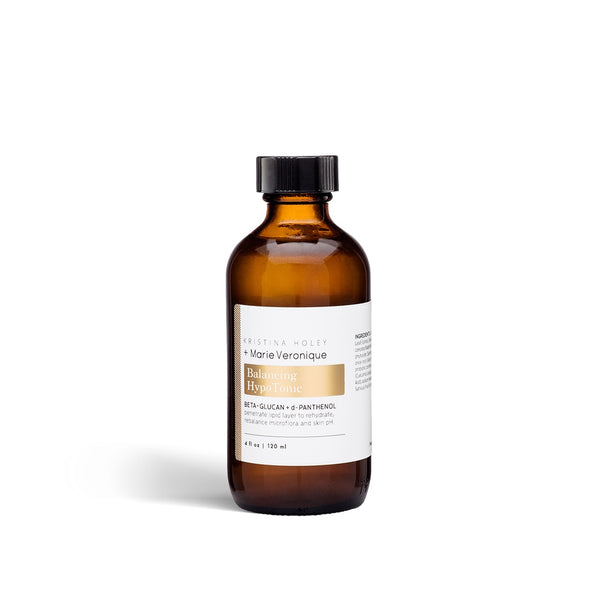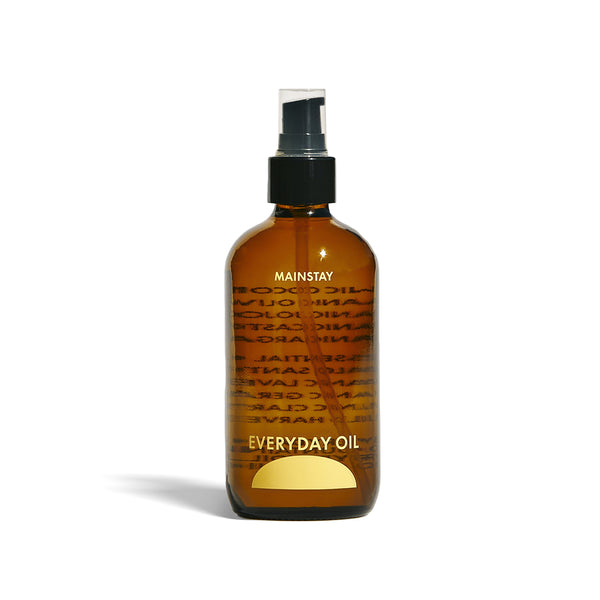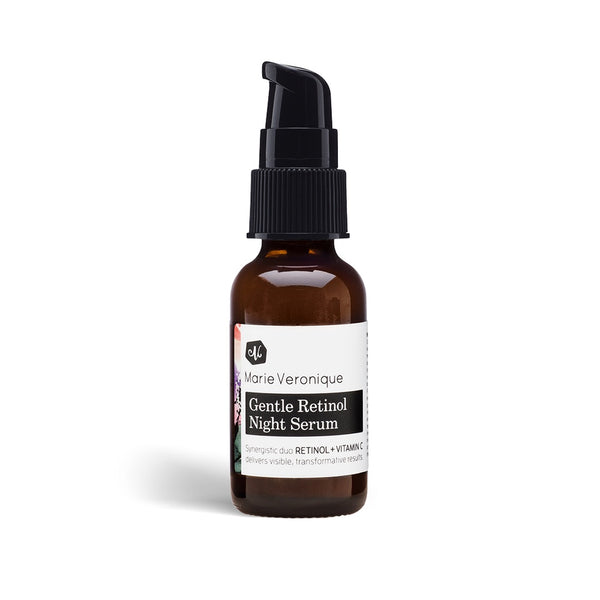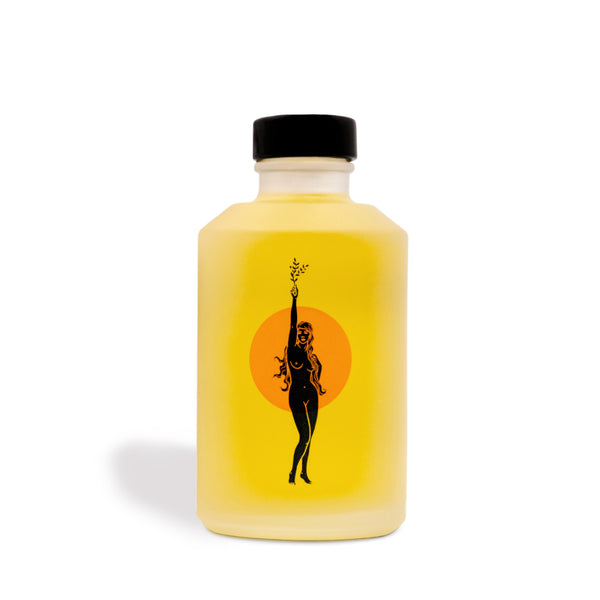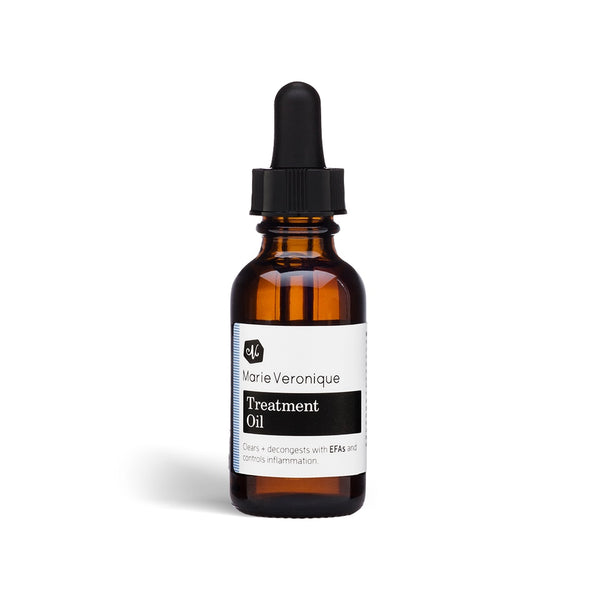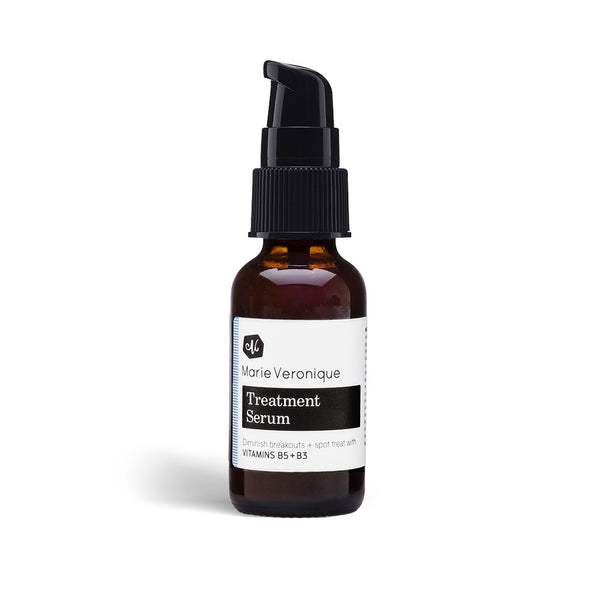KH: I was reflecting about the interview we had this morning [with a writer for a well known beauty magazine] and it was important that I emphasized that we aren’t a company that pushes the latest sensational ingredient in order to increase sales and get people talking about us. What I want people to focus on is more about deficiencies... looking at what the body is missing in order to do its job correctly and efficiently. The reason I do the extensive workups on people and get their whole history, including blood panels, etc. is to gain information on what could be the source of the issue we see at skin surface. Isn’t that what aging is anyway? It’s the physical manifestation of the body slowing down, becoming less efficient and presenting deficiencies. I think when you take full inventory and look at the whole picture, stop being so aggressive and manipulative, you can really get back to health and true beauty. That’s all that makes sense in my mind at least. I am not doing this work to make people have fewer wrinkles. I am doing this to help people find health and be their most true, and therefore beautiful self. I don't know if that sets us apart or what it means, but I know that it is genuine.
MV: Yes, we are forging our own path, that we look at the skin as a system of interconnected systems…
KH: Like the rest of the body…
MV: Exactly, and so you have to look at systemic solutions. If skin health relies on the subsystems, the dermis, epidermis and stratum corneum working together, how do you make that happen? Our answer has been to make products that address specific needs of specific systems; ingredients that replace key components of the stratum corneum so barrier function is adequate, Vitamins A and C for collagen synthesis in the dermis and proper cell development in the epidermis, the right oils to encourage skin in the direction of lipid self-management. Just for starters.
KH: Yes, thats why we rely on biomimetics in choosing ingredients that make good topical solutions, but we’re still always aware that treating skin as a complex system is part of the larger picture of the role skin plays in a much larger system. So we’re also looking at what’s going on with the rest of the body.
It’s surprising how many people are still thinking in a non-holistic way though. They want to believe there is a magic bullet you can put in a bottle that will solve everything. I can’t tell you how many people come up to me and say things like, ‘what do you have that will make me look young?’ How do you answer that? I spend significant time explaining how the skin system works and trying to get people to really understand what is causing their symptom be it acne, rosacea, etc. And then the question moves to “so what do I do about anti aging”. This is all about anti aging! If you are supporting your skin fundamentally, and keeping it healthy and strong, that is the best thing you can do. Because you are actually compensating for the biological changes.
Now, expression lines, that's a different story. If you want to change that you have to stop living, stop moving your face. And I do not advise that!
I believe we are programmed to find movement and color variations beautiful. I wish I didn’t have sun spots and I wish my crows feet would slow down, but I don’t actually think it makes me less beautiful. This is a topic we could go on and on about. People need to think more about really what they are attracted to and what they feel like is true beauty and less about what society puts out there as beauty. I mean whoever said that in order to be attractive you had to look like this one way. That is no movement and no pigmentation and no lines. I'm still so confused by it. Shouldn’t it be health? Isn’t smiling amazing and aren't healthy undertones attractive? Flushing of the cheeks shows that you are alive inside, that your blood is pumping.
MV: That’s a difficult subject Kristina because it speaks to the insecurities set up by a culture that profits from people thinking there is something wrong with them. And then you get old and that’s just another thing, pretty major, that’s wrong with you.
Admittedly, age has lots of negatives; senior moments, wrinkles, you don’t bounce back from hangovers as handily. But that’s actually another cool thing about the two of us and our collaboration. You get the people your age asking about looking young because old age is still far enough away that they imagine there’s still hope. I get the people my age for whom all hope has fled. About looking young anyway; my job is to try and represent that old age isn’t the end of everything, despite what the marketing gurus would like us to believe.
My favorite customer is the one who has enough of a grip on reality to ask: ‘what do you have to make my skin healthy?’
KH: Yes, fortunately I get a lot of those people and I love them because I can help them!
If someone comes to me with a problem like dermatitis or adult acne or inflammation we can work together to figure out what’s going on, and develop a program for resolving it, exactly how we started our collaboration. We developed the topical products I was missing, a really important part of a treatment program that would help people resolve their problems. I had products from various companies that I recommended because they were “natural” and some of them were fine. But they didn’t do all that much because they didn’t target what was really going on. They were palliative but not ameliorative.
MV: Kristina’s clients, many of them plagued with dry skin and problems with dermatitis, are the reason our collaboration started in the first place, and began with the development of Barrier Restore Serum. It exemplifies how our approach is so different, and why we get better results. The stratum corneum, your barrier layer, regulates moisture levels in the skin. Conventional thinking addresses dry skin and dermatitis conditions with moisturizers that are occlusives, thick creams that hold moisture in. We departed from the traditional model by looking at the source of the problem, which generally stems from barrier malfunction. We developed a serum containing the components of the stratum corneum requisite to proper barrier function. With Barrier Restore moisture levels are regulated, as determined by the stratum corneum itself. Our approach always is to give the skin what it needs so that it can go on with the day to day business of taking care of itself. Which it does very well as long as we give it what it needs.
KH: As opposed to taking everything away from the skin.
Many beauty treatments can strip the skin of oils, its protective barrier and so on. And then the next step is going to steroids when inflammation develops. We came up with Soothing B3 Serum because I see so many people who have serious problems with inflammation. It could be because they are over exfoliating, but there are increasing numbers of people who come to me with perioral dermatitis which we suspect may be linked to overuse of products that may be disrupting microbial balance.
MV: Which is just another part of the very complex picture. Besides the skin’s stratum corneum, epidermal and dermal layers, it is also home to at least a trillion microorganisms of a thousand different species. The skin microbiome is a unique ecosystem, and Kristina and I are embarking on a study, under the auspices of a university, on a small region of the skin microbiome. I feel like Dr. Livingston.
KH: I am so excited about that! Skincare is taking on a different direction and its future will be in serious research leading to effective therapies that improve skin health. Investigating the skin microbiome and what sort of impact modern living conditions, ranging from product use and abuse to environmental and climate changes, might have on microbial balance, will be a big part of that future.
We also see future skin care products as being for the most part biomimetic. Both of us look at the totality of our products as belonging to a category we like to call “functional.” The way to deliver the best in skincare is to follow nature’s blueprint. Functional is a new, improved take on natural.
The future will also, at least I hope, take skincare to a new level of legitimacy. There will be fewer unsubstantiated claims, celebrity endorsements and misleading stories.
MV: The future of skincare is skin health. It's a huge leap in the way we look at the whole industry. Skin care is about manipulating consumer perception to sell products, while skin health is about improving skin quality in ways that can be objectively measured. We need more science, fewer blandishments.

